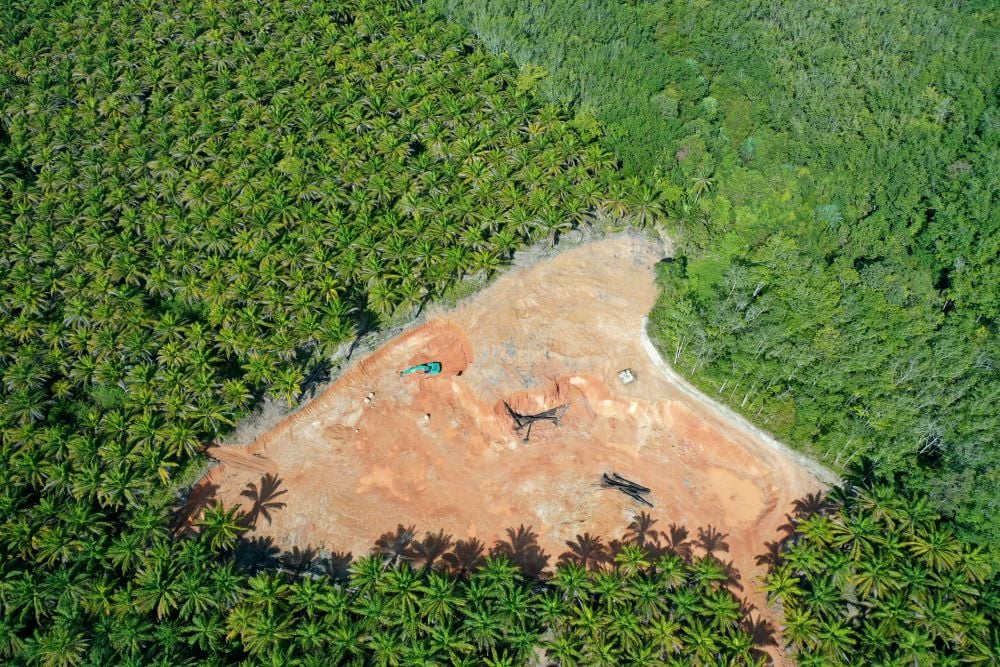VIETNAM'S renewables policymakers have been rewarded for their steady management of the solar feed-in-tariff (FiT) program with impressive renewable capacity gains, finds a new report by the Institute for Energy Economics and Financial Analysis (IEEFA).
The report analyses Vietnam’s solar success along with the steps needed to support improved performance for Vietnam’s renewables program.
Vietnam’s solar FiT program awarded a US$0.09 per kilowatt tariff (kWh) to solar developers delivering new capacity by the end of June 2019.
This is a positive outcome because regional experts were cautious about whether the program offered enough upside to funders focused on market risk. In the end, the doubters were proven wrong and Vietnamese consumers will benefit from an estimated 4.46 gigawatts of new clean solar capacity.
This will support Vietnam’s fast-growing economy at a time when the country’s slow-moving pipeline of baseload coal projects faces new environmental challenges and deteriorating economics due to rapid improvements in cost-effective renewable solutions.
The next phase of Vietnam’s renewables program focuses on wind, and Vietnam has excellent offshore wind potential.
To succeed, new resources for grid investments should be a priority and policymakers will need to work carefully to ensure new policies continue to support competitive pricing.
Report author Melissa Brown, energy finance consultant with IEEFA, says the government’s successful solar program stands out among Southeast Asia’s fast-growth power markets.
“Delivering 4.46 gigawatts of new capacity over two years is a tremendous achievement. It validates the renewable energy ambitions of the Vietnamese government,” says Brown.
“The challenge now is to prioritize programs that can deliver the right kind of grid capacity for renewable solutions. With more transmission capacity in place, new capacity auctions and incentive pricing for more flexible capacity can satisfy a bigger share of Vietnam’s power needs,” she adds.
The government aims to have renewable sources account for 21% of installed capacity by 2030, with solar and wind comprising some 11%.
The revised National Power Development Master Plan VII (Master Plan VII) currently forecasts commercial growth to grow at around 10.3% annually until 2020. The plan calls for capacity additions of between 6,000-7,000 megawatts per year to meet increased demand and wind should be able to play an important role in meeting that target.
“The flourishing solar sector and growing pipeline of wind projects show Vietnam can attract investment from high quality developers who are eager to partner with Vietnam on ambitious renewable developments,” says Brown. “New partnerships between foreign and local developers will be crucial for technically demanding offshore wind projects,” she adds.
The report suggests nearshore and offshore sites have the greatest potential for the wind sector and can be built near areas where power is needed most, like Ho Chi Minh City.
“The Ke Ga offshore wind project, backed by a consortium of local and international investors, will be important to watch and could help set standards for other offshore wind projects,” says Brown.
It will also be important to see whether global banks and investors can collaborate to develop financing solutions that are a good fit for Vietnam’s wind power sector.
The report finds one of the main stumbling blocks in taking advantage of Vietnam’s considerable current and future renewable energy capacity additions is the state of the grid.
“Vietnam needs to finance a grid build-out ready for more diverse generation,” says Brown. “New sources of capital including green bonds could be an important part of the funding equation,” she continues.
“The market is waiting and investors are watching to see how the government defines its renewable energy ambitions with new targets in the Power Development Master Plan VIII and in its plans to upgrade the grid. Investors and developers will take risk in growth markets like Vietnam if step-by-step improvements can be made to support the development of scalable asset portfolios,” she adds.









